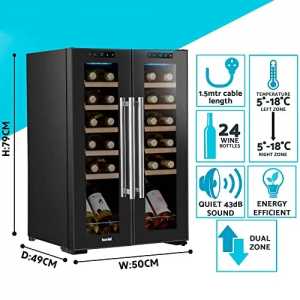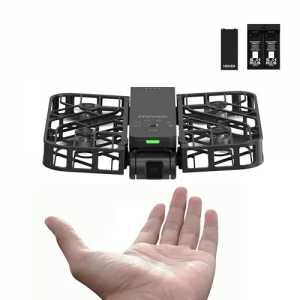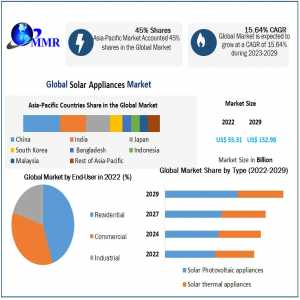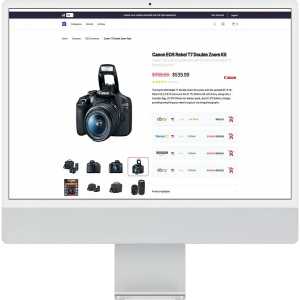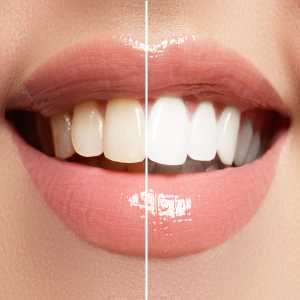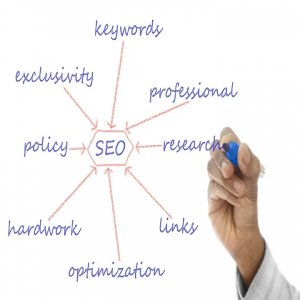
Wood Plastic Composite (WPC) Market Demand Surges With Green Building Regulations 2032
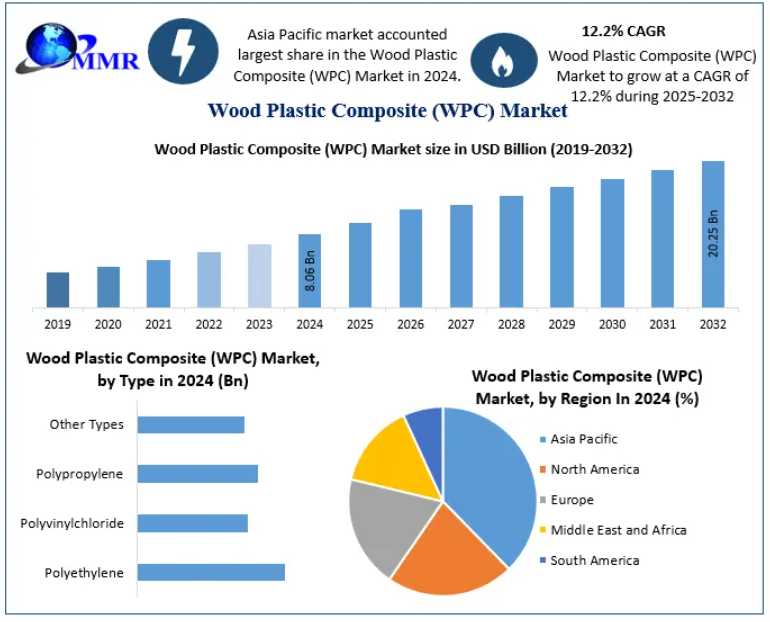
Wood Plastic Composite (WPC) Market Set to Reach USD 20.25 Billion by 2032, Driven by Eco-friendly Innovation and Construction Sector Demand
The Global Wood Plastic Composite (WPC) Market, valued at USD 8.06 billion in 2024, is expected to soar to USD 20.25 billion by 2032, growing at a CAGR of 12.2% from 2025 to 2032. This growth is attributed to rising demand in the construction and automotive industries, growing emphasis on sustainable materials, and innovations in WPC technology.
For in-depth information on this study, visit the following link:https://www.maximizemarketresearch.com/request-sample/76219/
WPC Market Overview
Wood Plastic Composite (WPC) is a hybrid material consisting of wood fibers or flour blended with thermoplastics such as polyethylene (PE), polypropylene (PP), polyvinyl chloride (PVC), and polylactic acid (PLA). Offering a superior alternative to traditional wood, WPC boasts high durability, resistance to rot and moisture, and reduced maintenance costs.
WPCs are widely used in:
-
Building and construction: decking, fencing, siding, windows
-
Automotive: interior trims, dashboards
-
Consumer goods: furniture, household items
With applications expanding across sectors, the WPC market is witnessing unprecedented momentum globally.
Market Dynamics
Growth Drivers
-
Surging Construction Activity Worldwide
The demand for eco-friendly and durable construction materials is growing, particularly in emerging economies. WPCs are gaining traction as they combine the aesthetics of wood with the durability of plastic—ideal for applications like decking, railing, and cladding. -
Ban on Toxic Preservatives in Wood Treatment
Global restrictions on chemicals like arsenic, copper, and chromium in pressure-treated wood have accelerated the shift towards WPC as a safer alternative. -
Sustainable Manufacturing Using Recycled Plastics
The increasing adoption of recycled plastics in WPC production aligns with circular economy goals, further boosting its appeal to eco-conscious consumers and businesses. -
Automotive Industry Adoption
WPC’s lightweight and moldable properties are making it popular in automotive interiors and non-structural components, helping manufacturers reduce vehicle weight and improve fuel efficiency.
Restraints
-
Rising Raw Material Costs: The fluctuating prices of polymers and additives can impact production economics.
-
Impact Resistance Limitations: WPCs are not ideal for applications that require high-impact resistance, limiting their use in structural applications.
Opportunities
-
Ease of Processing and Customization: WPCs are easy to mold and color, making them attractive for designers and architects.
-
Legislative Push for Sustainable Alternatives: Governments and municipalities are promoting green materials in infrastructure projects, presenting major market potential.
Challenges
-
Weight Optimization: Manufacturers are actively exploring new filler combinations to reduce the weight of WPCs.
-
Regulatory Compliance: Navigating the diverse environmental regulations across regions poses a challenge for global players.
Segmental Insights
By Type
-
Polyethylene (PE): Dominates the market due to its flexibility, ease of processing, and cost-effectiveness.
-
Polyvinyl Chloride (PVC): Preferred in outdoor applications like fencing due to its weather-resistant properties.
-
Polypropylene (PP) and Others (ABS, PLA, etc.) are used in specialized and high-performance applications.
By Application
-
Building & Construction Products: Largest segment in 2024, driven by rising demand for low-maintenance alternatives to wood.
-
Automotive Components: Increasing use of WPCs in interior trim and panels.
-
Industrial & Consumer Goods: Growing awareness of WPC in furniture and household products.
-
Others: Includes marine applications and packaging.
By End Use Industry
-
Residential: Leading segment due to high use in home renovation and outdoor spaces.
-
Commercial: Increasing adoption in public infrastructure and retail developments.
-
Industrial: Growing applications in pallets, bins, and other utility products.
To access more details regarding this research, visit the following webpage:https://www.maximizemarketresearch.com/request-sample/76219/
Regional Analysis
Asia Pacific: Fastest Growing Region
-
China and India are witnessing booming construction activities and government-backed infrastructure investment.
-
Urbanization and environmental concerns are pushing WPC adoption in drainage systems and civic amenities.
-
Government initiatives supporting recycling in countries like Japan and South Korea are also driving demand.
Europe: Market Leader in Recycling and Sustainability
-
Strict EU environmental regulations and a strong focus on recycling are propelling WPC usage.
-
Countries like Germany, Sweden, and France are adopting WPCs for decking, siding, and municipal projects.
North America: Steady Adoption Driven by Construction and Remodeling
-
The U.S. and Canada are seeing a rise in home improvement activities, particularly in outdoor landscaping and decking.
-
Key manufacturers like Trex and The AZEK Company dominate this mature and competitive market.
Middle East & Africa
-
The growing need for climate-resistant materials in arid regions is fueling WPC adoption in fencing, roofing, and wall cladding.
South America
-
Brazil and Argentina are increasingly investing in green construction practices, paving the way for WPC market penetration.
Competitive Landscape
The WPC market is highly competitive with key players focusing on product innovation, eco-friendly formulations, and regional expansions. Notable market players include:
-
Trex Company, Inc.
-
The AZEK Company
-
Fiberon
-
UFP Industries Inc.
-
Advanced Environmental Recycling Technologies, Inc.
-
TAMKO Building Products, Inc.
-
MoistureShield
-
RENOLIT SE
-
Dow
-
Polyplank AB
-
Green Dot Bioplastics Inc.
-
Seven Trust
-
Beologic
-
Crane Plastics
-
Hardy Smith Designs Pvt. Ltd.
-
Oakio Plastic Wood Building Materials Co., Ltd.
-
Guangzhou Kindwood Co., Ltd.
-
Meghmani Group
-
JELU-WERK J.Ehrler GmbH & Co. KG
-
Plygem Holdings Inc.
These companies are investing in R&D, developing lightweight formulations, and adopting advanced extrusion technologies to stay competitive.
Conclusion
The Wood Plastic Composite (WPC) Market is positioned at the intersection of sustainability and innovation. As environmental concerns become central to industrial and consumer decision-making, WPCs present a durable, low-maintenance, and eco-friendly alternative to conventional materials.
Backed by regulations supporting recycled materials and a construction industry shifting towards green architecture, the WPC market will continue its robust expansion. Stakeholders—from investors and material scientists to architects and policymakers—stand to benefit significantly from the evolving landscape of the WPC industry.
Author Bio
Article Comments
No Comments!
At present there are zero comments on this article.
Why not be the first to make a comment?
Similar Articles
Search Pages
User Upgrade
account to full use of editor,
Including hyperlinks
Article Categories
There are zero sub-categories in this parent category.
There are zero sub-categories in this parent category.
